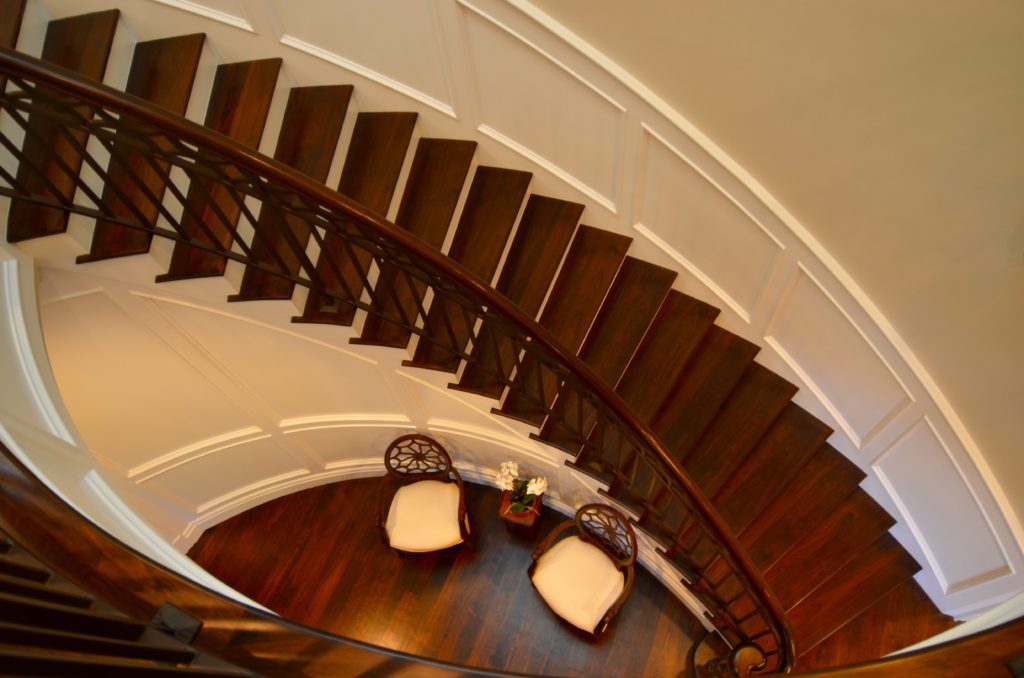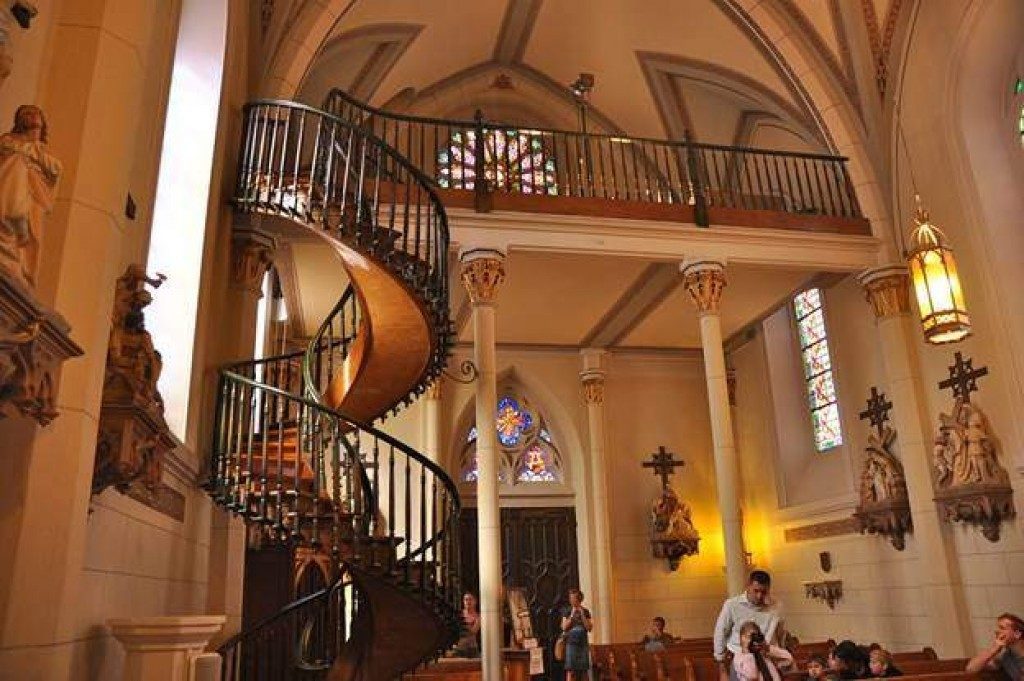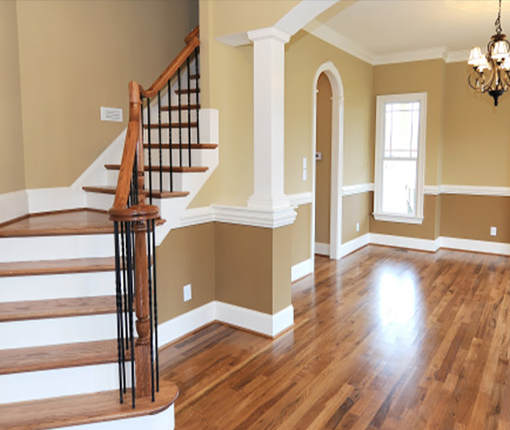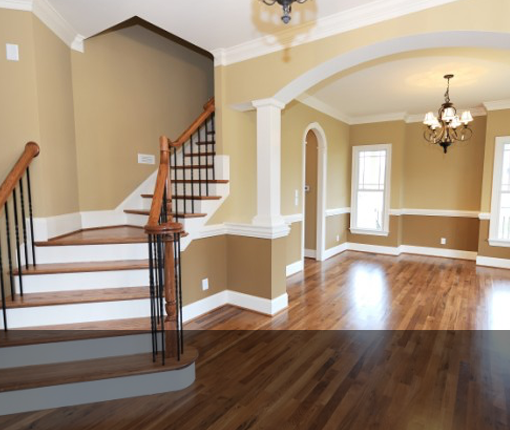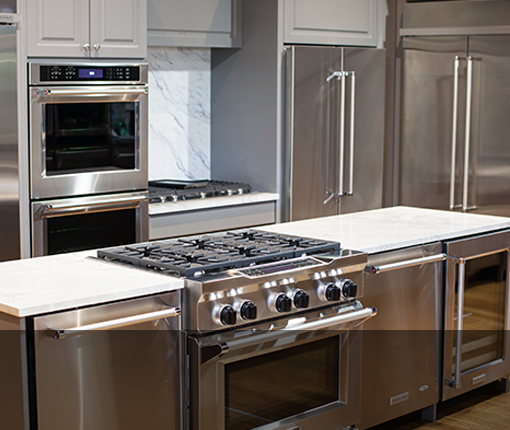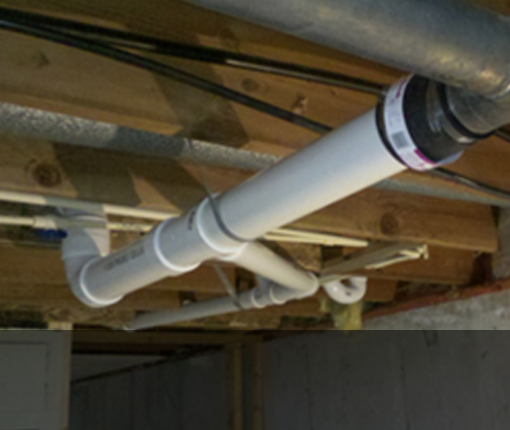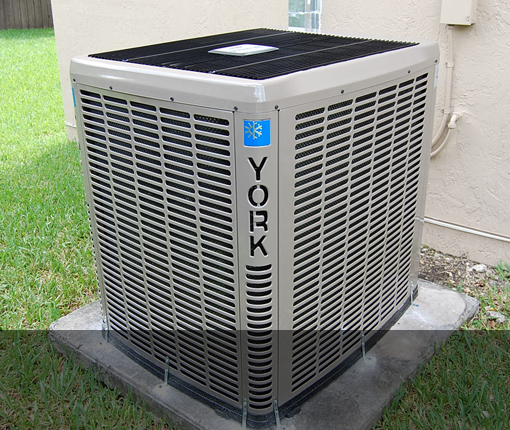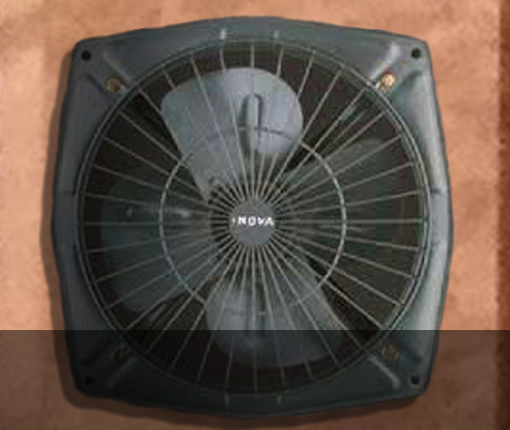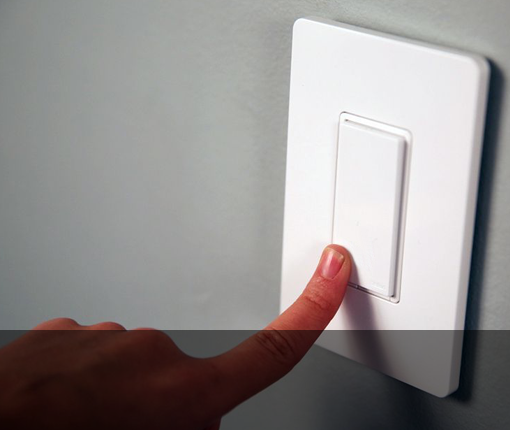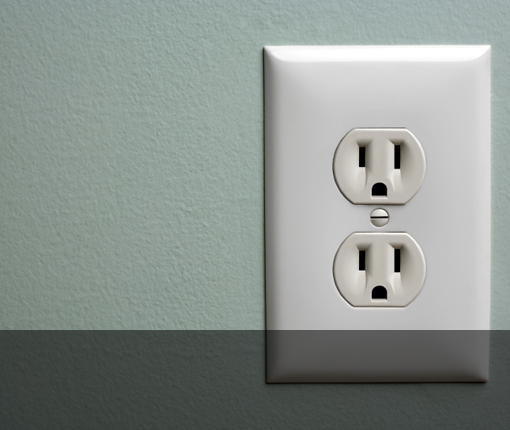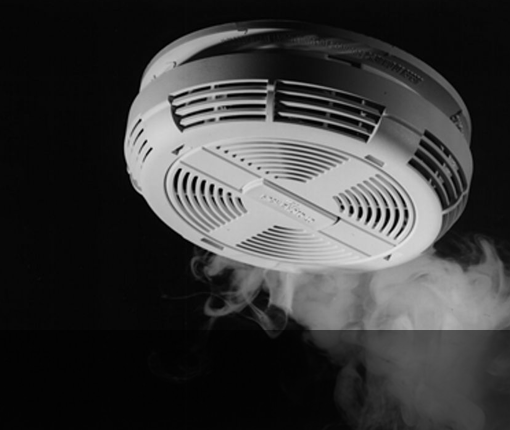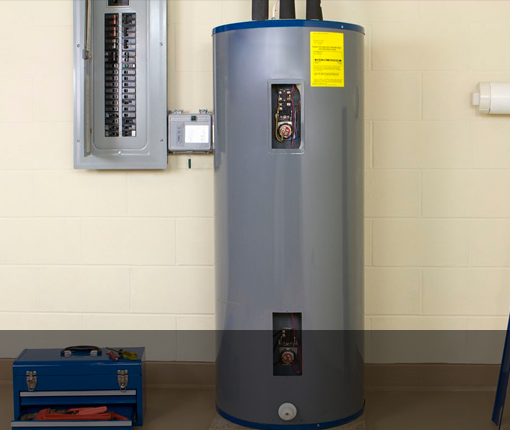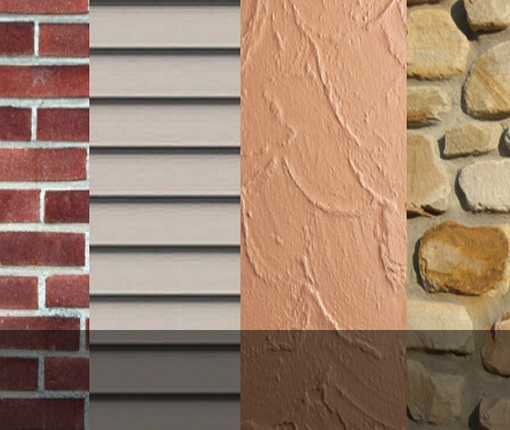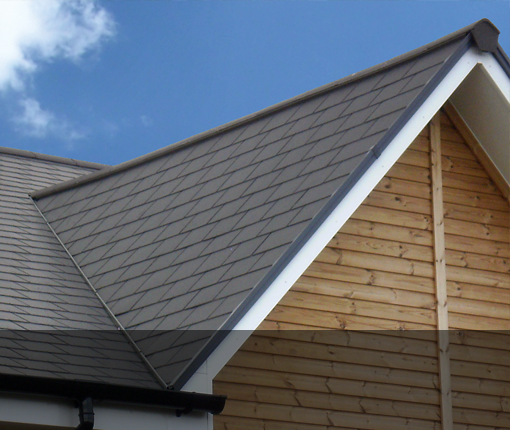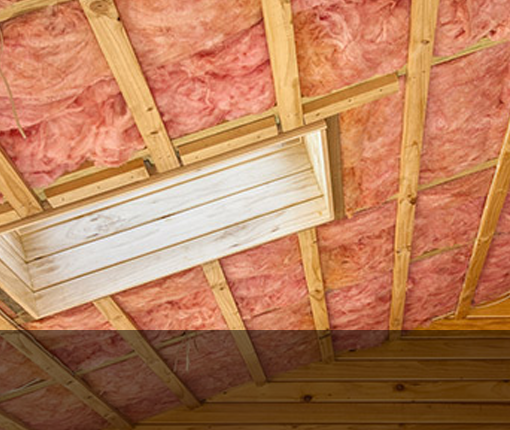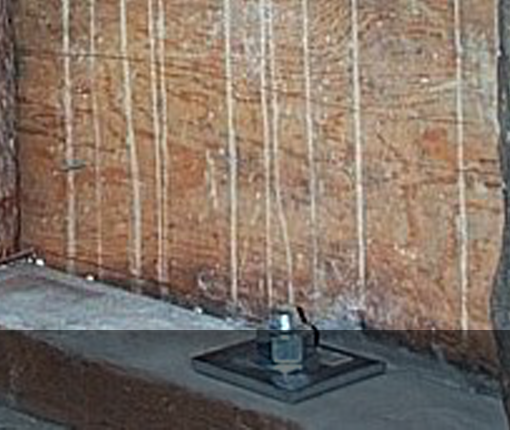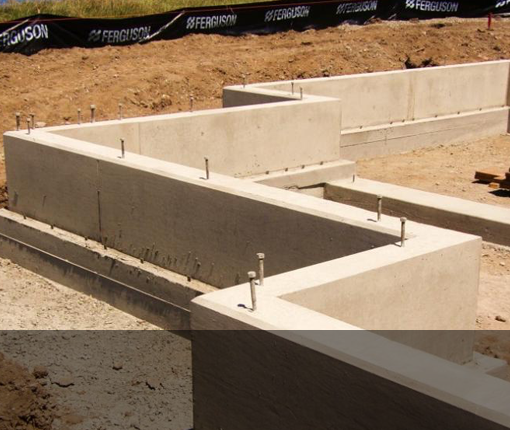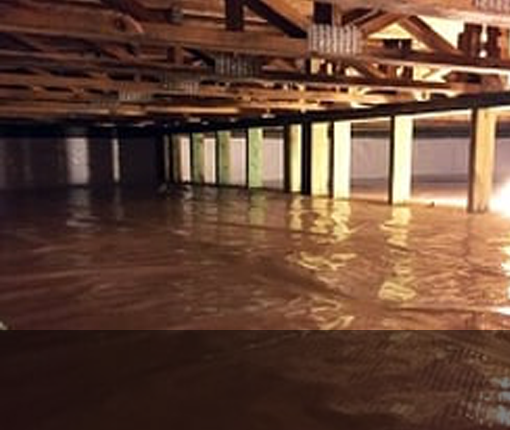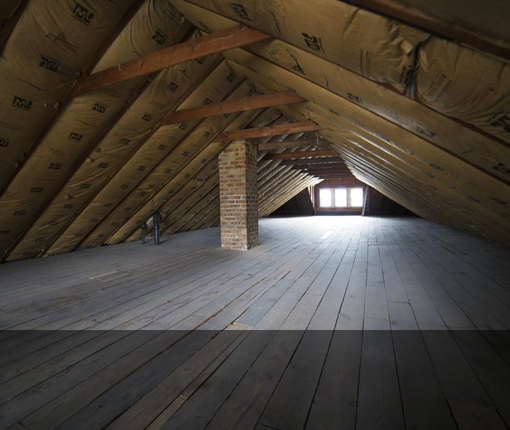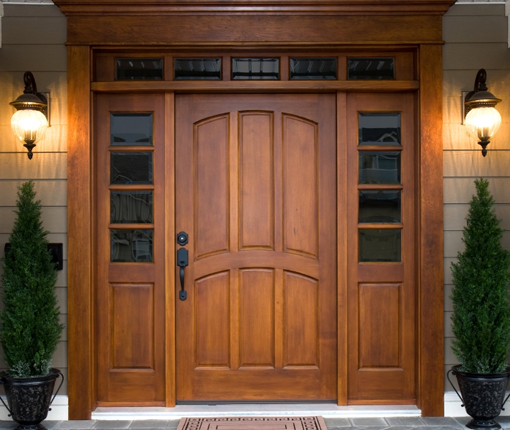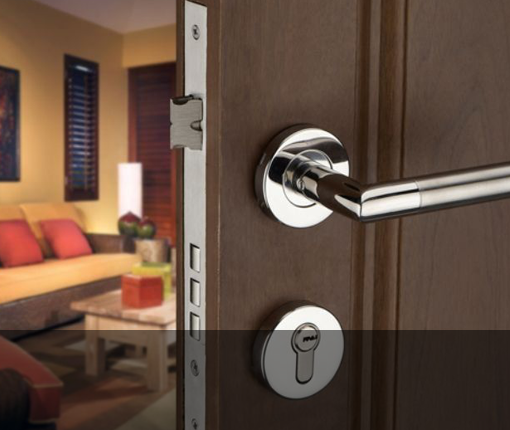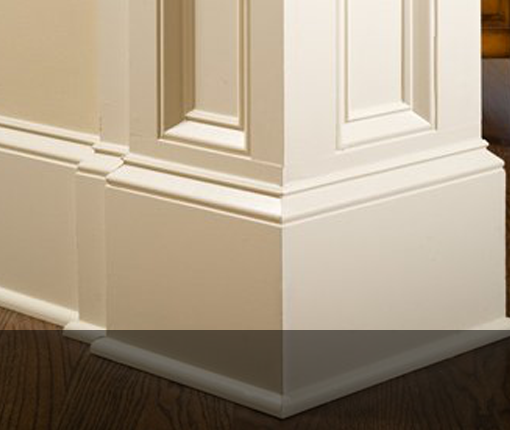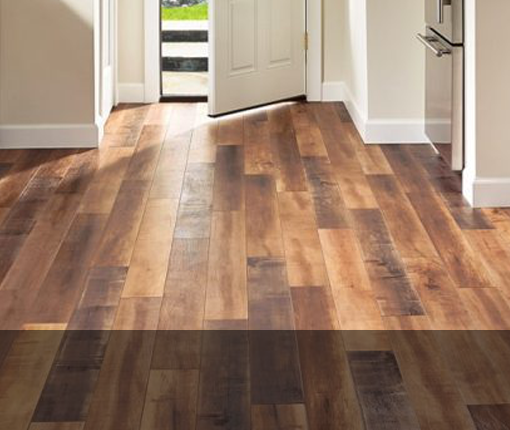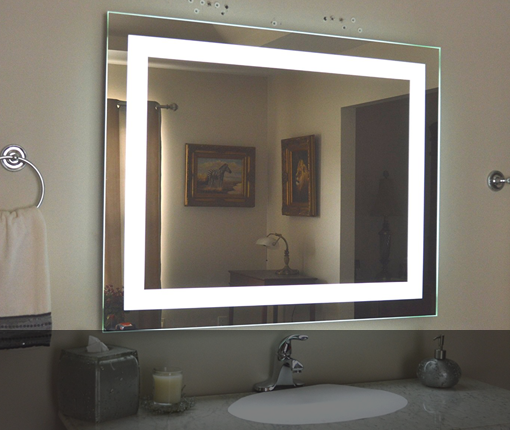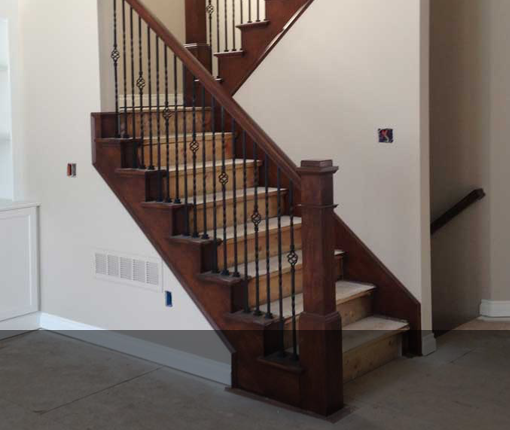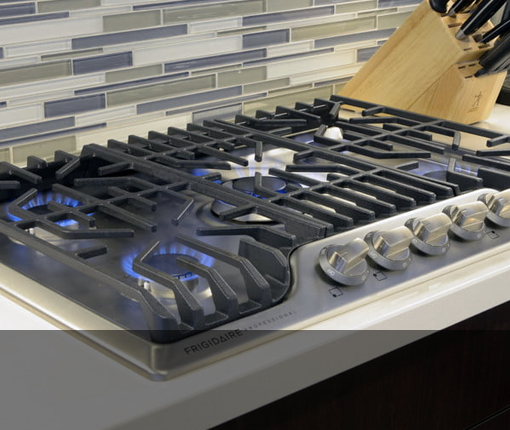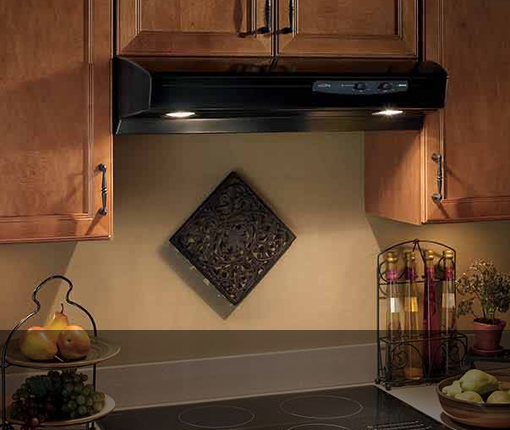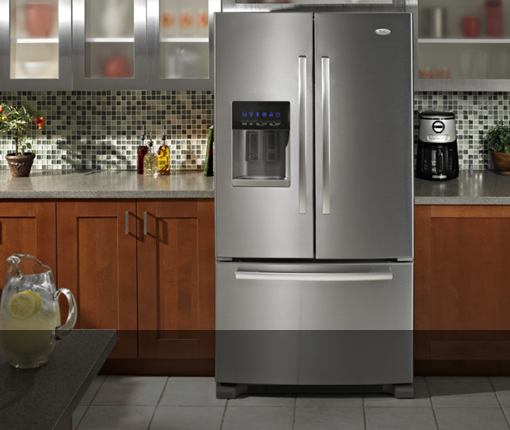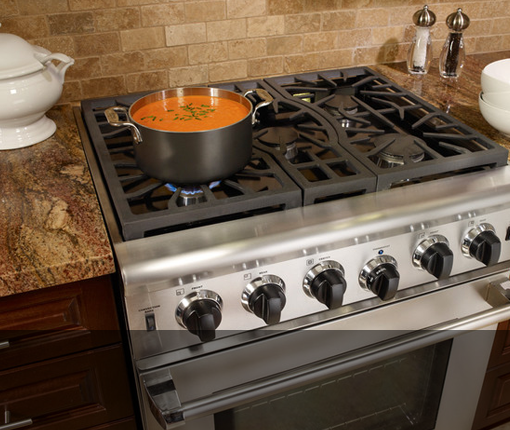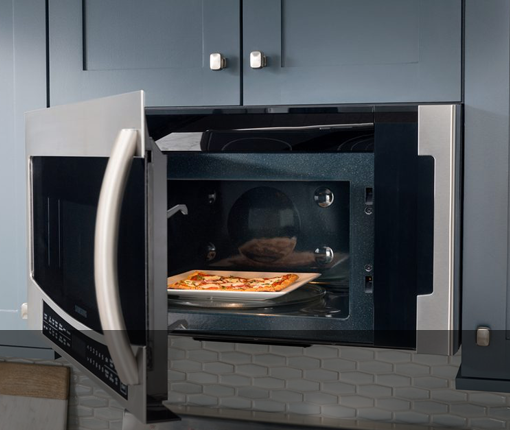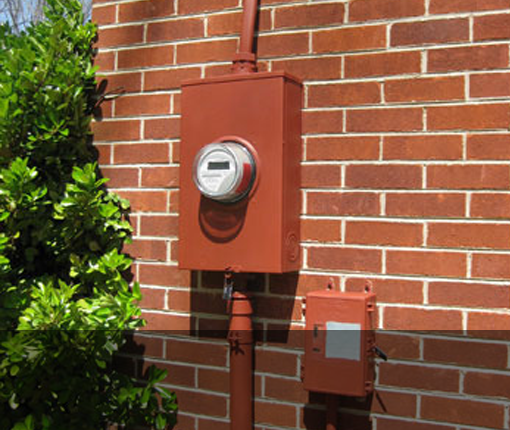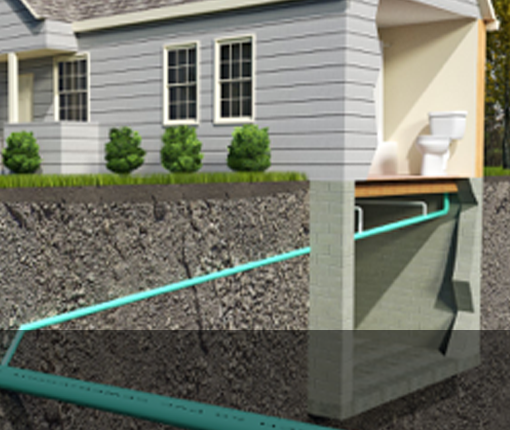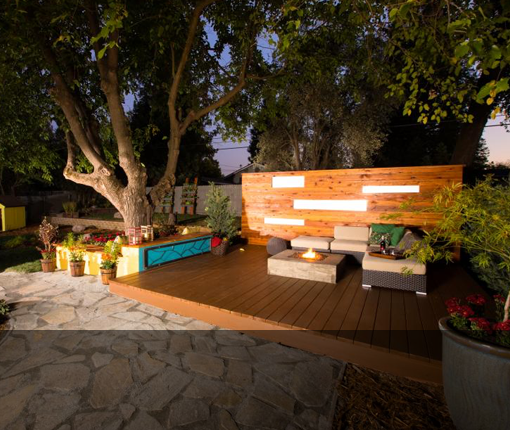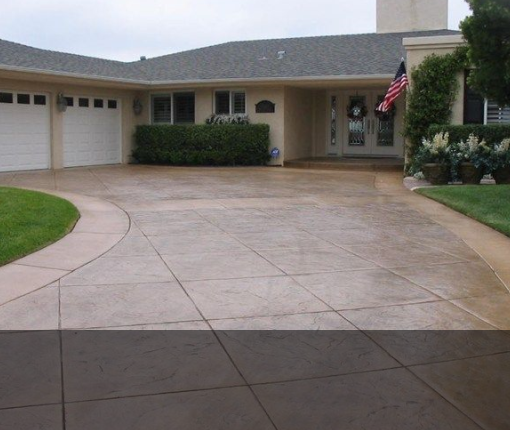Stairs and Railings
Stair building codes
Because of their danger, stairs have strict building code parameters. They have very specific dimensions and ratios regarding landing sizes, step heights and tread widths. Specifications for handrails; their heights, sizes and baluster spacings are strictly enforced by building departments to make them safe.
For this section on stairs will also include steps, landings, ramps, built-in ladders and elevators.
Purpose
Stairs, ladders and elevators are used to move from one floor (or more) to another. Steps and ramps act like mini stairs to transit lesser elevation changes. Steps are commonly used at entries, porches, patios or in garages to get up to the interior floor level from the ground. They are also used on the interior of split-level homes or homes with raised or sunken rooms. Ramps are sometimes used in lieu of steps in order to make it possible for wheelchairs to move from one level to another. Because safety is important, the code has strict requirements for stair and handrail dimensions, placements and spacing. The general dimensions for steps and stairways are 7″ of rise, 11″ of run and an angle of between 30-45 degrees. Stairs with four or more steps must be equipped with handrails that conform to the Uniform Building Code.
Be careful with ladders. Using ladders to access attics or basements can put you at risk. Instead, consider building-in a proper stair for basements or adding a pull-down folding stair for your attic. If you get a pull-down stair be sure you also get an insulating jacket for it.
Designs
Stairs designs range from very utilitarian to stunningly complex and beautiful. Some staircases are actually intended to become the main feature of the home. The most challenging stairs to build and also most fun to look at are spiral or helical stairs. Spiral staircases are very space efficient and were commonly found in old world towers and castles. It is said that during medieval times, spiral stairs were designed to wind in a clockwise direction to give defenders an advantage against invading (mostly right handed) swordsmen. It was said the central stair newel would hinder their sword use.
One of the most interesting helical stairs is the all wood “miracle” staircase built for the Sisters of Loreto in the chapel of Our Lady of Light in Santa Fe, New Mexico. See below. I have personally seen this stair and it is truly a work of art. The engineering alone is something magic.
Elevators and Lifts
Mechanized lifts and elevators are sometimes used in residential applications. Elevators are mechanical devices used for moving people vertically from floor to floor through a building. Building codes have strict requirements on their construction and should be serviced by licensed professionals on a regular basis.
An interesting thing about elevators was the following simple algorithmic logic code that was developed to control them:
- Continue traveling in the same direction while there are remaining requests in that same direction.
- If there are no further requests in that direction, then stop and become idle, or change direction if there are requests in the opposite direction.
This simple, efficient elevator algorithm has been used in computer operating systems as code for scheduling hard drive storage requests.
Maintenance
- 1x per year: check the handrail and balusters for any loose components and make repairs as needed.
